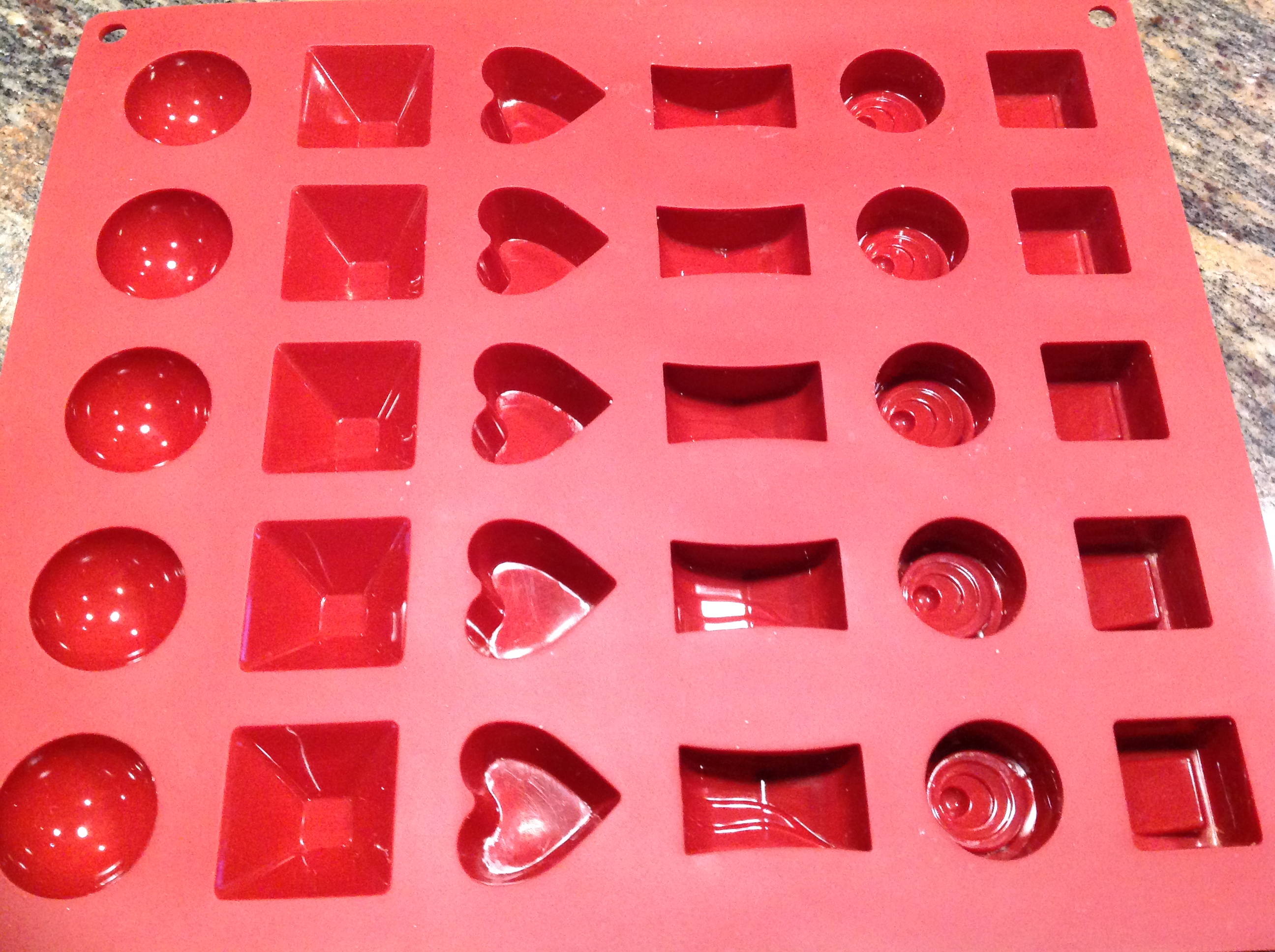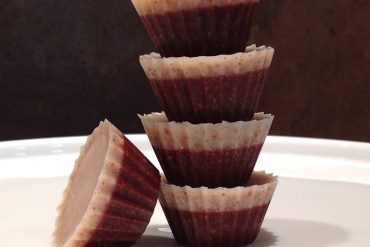In 2009 I built a healthy home. It was quite the adventure. I chose every building material and product that was used in the construction and finish of the house. Each item was chosen because I knew it was safe for me and would not have a negative impact on my health. When anyone with MCS (Multiple Chemical Sensitivity) builds a home it is hopefully built to their specifications and unique needs. I have to be honest and say that I have been in friends homes who also have MCS, and they used products that I couldn’t tolerant. That is the thing with MCS, what is safe for one person may not be tolerable for another. But that’s okay because the house was built for them and their unique needs.
While the book Prescription for a Healthy Home was a great starting point with a lot of great info, I confess that there were a number of products recommended that I couldn’t use. So while this book is a great guideline, you are the best judge of what works for you.
Additional articles are forthcoming about some of the materials I used in my house, this article is more about the basics of creating healthy rooms in your house, by using safe products. With that in mind this article is about safe kitchens.
The basics
One of the hardest or easiest (depending on where you are financially and emotionally) is removing things that are hazardous to your health. There are multiple facets to this, whether you’re financially able to replace the item, the impact on the planet of tossing something, the moral impact of donating something or giving away something that you know isn’t healthy for you. There is no simple answer for this. I will simply say it’s about deciding what is right with a conscious and caring attitude.
Start small
Very few of us are in the position to replace things all at once. So start replacing things gradually. How you decide to do this is a matter of personal choice. Perhaps you want to start with replacing items that have the biggest negative impact on your health. Perhaps you want to start with the things that are the easiest financially to replace, or you may want to wait to replace things as they wear out. Again, there is no right answer here, its about what works for you.

Pots & Pans
Perfluorooctanoic acid (PFOA, also known as C8) is used to make teflon coatings for pots and pans. Non stick pans were common in my house as a child. Many people still use them, seduced by the ease of clean up. No one should be using nonstick pans. PFOA exposure is scientifically linked to numerous illnesses including ulcerative colitis, high cholesterol, thyroid disease, heart disease, testicular cancer, kidney cancer and pregnancy induced hypertension. Pub Med has over 1,800 studies regarding PFOAs.
PFOAs and related chemicals have contaminated the bodies of nearly every American, it even passes through the umbilical cord to unborn children in the womb. To learn more you can read this 2016 article in The New York Times . This intensive story shares the details of the 15 year battle with DuPont (manufacturers of PFOAs for the past 50 years).
So what should you use? Ceramic, stainless steel and cast iron are all healthy options that don’t produce PFOA gas, as non stick pans do.

Plastic Food Storage, Foils, Plastic Wrap
There are numerous studies that share how using, reheating, preparing and storing your food in plastic can adversely affect your health. BPA (Bisphenol-A the main component of plastic polycarbonates is linked to ADD, cancer, infertility and a host of other ills.
In addition, plastic wraps take forever to break down and can’t be recycled. Consider some more practical, reusable options such as glass storable, reusable containers.
Water Filters
There are numerous types of water filters to choose from; whole house water filters, under sink water filters, counter top filters, pitcher water filters and filters that change the alkalinity of the water. So how do you decide what works for you?
Before deciding there are a few factors to consider:
How effective is the filter. What chemicals does it remove?
Price. How much is the unit? What do replacement filters cost? How often do they need to be changed?
Use. How easy is it to use? If its a challenge you’ll be less likely to use it.
Carbon filters-These filters are commonly used in counter top, under sink systems. These filters process of contaminant removal involves adsorption, which is a bonding of contaminants to the media.
Distilled filtration-This is the process of boiling water to create steam. The steam cools, condenses and are deposited in a container. This water is 99.9 % contaminate free. The minerals are also removed during the process.
Reverse Osmosis filter-These filters remove a lot of impurities, they also however remove the minerals from water.
Pitcher filters-While these seem relatively inexpensive, cartridges need to be replaced much more frequently. Traditionally these are also designed for taste and odor.
Look for certification by the California Department of Health, as they have very strict standards or Underwriters Laboratories.
There are many other filters to choose from and this link EWG’s Water Filter Guide, goes into more detail.

Silicone Baking Molds
Silicone molds have become very popular, especially due awareness of Teflon and aluminum pans. But is it really a safe alternative for baking?
What’s concerning about silicone:
The materials used to make the molds.
The tempering and molding agents used.
Potential contamination of silicone seeping into food.
Be sure to examine pieces closely. Give it the twist test. If you see white when you twist a silicone mold, fillers have been used. Poor quality silicone cookware often gives a horribly smelling burning odor enough to turn off any baker from using these molds. Look for quality made silicone molds and pans by reputable manufacturers.
I’m just not comfortable using silicone for baking yet. So at this point I use silicone molds for cold options only, such as making candies, gummies or lotion bars.
In conclusion
Creating a non toxic home takes time. Know your priorities. How you choose to go about the process is about your needs at the time, you may decide to create a healthy home room by room, or product by product. There is no wrong approach, it is about finding what works best for you.
Learn more:







